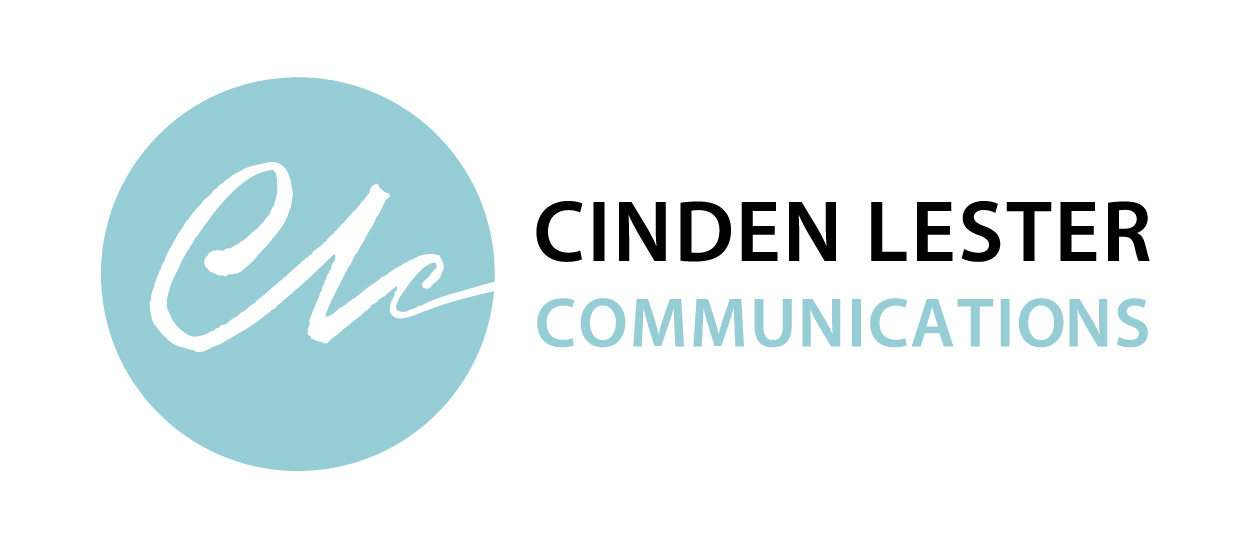
Getting your annual over the finish line can feel like a marathon effort. But rather than limping over the line exhausted, it is possible to ease the way with early planning and a strategic approach to graphic design and printing.
Graphic designer and work colleague Bill Laing has been designing annual reports for 20 years.
Here, Bill answers my questions about how to make sure you cross that finish line stress-free and in style.
From your perspective as a graphic designer, what makes for a winning annual report?
In a nutshell, a cohesive collaboration between the designer and client. By this I mean that a designer works on a huge range of publication types and can bring this unique communication experience to the table, and the client can discuss how their organisation’s annual retrospective should be reported.
Purpose
For example, if it’s a flagship publication used to garner funding or raise the organisation’s profile with its target audience, then a dynamic approach should be considered – one that incites investigation and excites the reader. If it’s simply a lawful reporting mechanism, then a more conservative approach might be appropriate.
Both approaches should reflect the organisation’s brand and brand promise. A simple example of reflecting the brand promise is if an organisation is in the renewable energy sector, you wouldn’t print the report on environmentally irresponsible stock. This wouldn’t honour the organisation’s brand promise or match the reader’s expectation of what the organisation stands for.
Distribution
It’s also important to consider distribution. For example, some graphic elements would be produced differently for a hard copy report than a report that is also going to be published online and needs to be responsive across various platforms. This is quite different to simply producing a PDF of the printed report. For example, it involves thinking about how to enhance online navigation and the broader online accessibility requirements, particularly for government publications.
Discussion
These discussions and considerations should all take part between the designer and client (ideally the report coordinator as well as the writer or editor) right at the beginning of the briefing process.
 It takes a healthy relationship to discuss the virtues of each approach and explore the costs against the expected returns for each. A designer needs to understand the organisation, its brand, how to creatively reinterpret this each time, and how to create a report that meet the client’s and their audience’s expectations.
It takes a healthy relationship to discuss the virtues of each approach and explore the costs against the expected returns for each. A designer needs to understand the organisation, its brand, how to creatively reinterpret this each time, and how to create a report that meet the client’s and their audience’s expectations.
As a self-confessed ‘bike guy’, I like the race analogy – it’s all about the right team, a strong commitment, a helping hand from others if needed, and celebrating once you cross that finish line!
So, clearly the best results happen when design is considered at the beginning of the process rather than the end?
Definitely. For more attractive, functional and exciting report ideally design is considered right at the start – that means at the planning stage, prior to the content being authored and edited. Some information may be better explained through text, some via infographics, and there might be a need for case studies or highlights sections or spreads, pull quotes or simply employing images and photos (of events, personnel, achievements and so on). Brainstorming these elements with an experienced designer right at the start of the process will result in the report’s coordinator managing the content quite differently.
What are the basics a designer needs to know before they start working on concepts?
The short answer is ‘what do you want this report to say?’. A report needs to reflect the organisation’s achievements for 12 months. This includes financials, their business as well as the culture of the organisation. A cocktail of understanding the brand, brand promise, the report’s function goes a long way to planning the report’s design process.
When and how do you like to receive material – for example, different file types for text, images and financial pages? And all at once or staggered delivery?
We actually supply our clients with a ‘how to’ on just this matter. Because a little work at the front-end of the report design process can save a lot of time at the first and consequential draft stages.
It’s best to receive all materials at once, logically identified and cross referenced in a master document (printed and electronic) with embedded elements like images, Excel files, logos and so forth all supplied separately and labelled correctly with easy-to-follow file names.
File names
Remember, the designer is new to this document so content, text, images, graphs, tables, charts and financials all need to be labelled clearly. For example, if you’ve supplied an image of Board members and the picture file’s name is a default ‘0000123.jpg’ and it’s jumbled in with a plethora of other images, the designer will have to wade through the whole folder to find the right image. If we get multiple folders of images from multiple authors bundled together, this search takes even longer—especially if this file’s name hasn’t been highlighted or written on the supplied hardcopy master document.
This applies to all the elements we need to produce the report. If content has been generated in separate documents by a multitude of authors, it’s a good idea for the report coordinator or editor to combine these documents into one master document and consolidate its stylesheets before providing it to the designer. This will save a lot of time and double handling. Otherwise the designer has to guess heading hierarchies, what italics to keep, where to add double spacing or tabs, what should be bold and so on.
Image quality, suitability and copyright
There’s also image quality to consider. Just because images like photos or logos look okay on screen, doesn’t mean they are necessarily suitable for printing. This can either be a resolution or colour issue.
You may also need to consider image suitability (happy snaps versus professional images) and whether their inclusion reflects positively on the organisation. Do you have the copyright for the images? Are any images ‘rights protected’ or ‘royalty free’? Legally designers shouldn’t use images that are protected in some legal capacity as we may also be liable for an infringement. These issues are too detailed to fully explore here, but your designer should vet all of these issues prior to including images in the report.
Graphs
In terms of graphs and the like, a designer needs to know if the Excel data you’ve supplied is meant to be a bar graph, pie chart, line graph or table. All unused data should be deleted and only the information/data you want displayed should be supplied.
These are the aspects of producing a report that your designer needs to think about before they start getting creative.
On average, how long do you need to layout and typeset a 100-page report once concepts are agreed?
Just a few days if all the information, images and data and so on are supplied correctly. If there are sophisticated infographics to conceptualise and illustrate, or lengthy financials to typeset (generally the financial pages are scanned audited reports these days), or copious complicated graphs to produce, these will add to the required production time.
What are the basic printing considerations?
There are two basic hardcopy printing types: digital and offset (traditional) printing.
Unit cost
Broadly speaking, if you need a lot of something printed (500+ units is a rough rule of thumb) and have 5 to 7 working days to wait for them, you’d opt for offset for a good ‘bang for your buck’ per unit cost return.
Speed
However, if you’re after something printed very quickly or only need a limited quantity, then you’d look at digital printing. These days there’s more cross over between these two technologies than there used to be. Paper choices, grammages (paper density), binding options, finishes and so forth are starting to converge.
For example, recently we needed to use digital printing to produce a small number of a 200-page publication that was required urgently for a launch. We knew from the start of the design process that the deadline for the launch was tight and that we may run out of time for offset printing. So we specified paper stock that had a suitable digital match and had the launch copies digitally printed and perfect bound. When it came time to offset print the remaining copies, you could hardly tell the difference between the two printed versions.
Personalisation
Another example was a prospectus we designed that suited the digital output capabilities perfectly. We had 100 copies of a generic version of the prospectus printed digitally. At the tail end of this print run, we included a number of heavily customised, one-off versions for specific clients. This would have been a very costly exercise a few years ago. I am of course referring to high end digital print machines here. Like most things, you get what you pay for.
Paper stock
Lastly, paper selection can also serve as a marketing tool. For example, for a government publication about land stewardship in rural Australia, we drew our client’s attention to an Australian made paper, where the paper merchant donated a percentage of sales to Landcare Australia. It didn’t cost any extra and we highlighted the paper’s credentials on this inside front cover of the materials produced, a feature that was well received by the target audience.
Qualities and requirements
Textures, tints, colours, grammages and the like also play a part in the reader’s experience with a publication.
Government requirements for annual report design, printing and tabling also come into play.
You’ve been working on annual reports for 20 years – what are your top tips for success?
Coordinating an annual report is stressful enough so finding a designer committed to you and with whom you enjoy working will go a LONG WAY to a well-executed publication that you are both proud of and enjoy creating together.

* * *
Others articles in this series:
And previously published:
| Cinden Lester has more than 25 years’ experience as a professional writer, editor and communications specialist—having worked as a broadcast journalist, in private sector marketing and public relations, and in government communications before establishing her own Canberra-based communications consultancy.
Contact Cinden if you’d like some help with your annual report. |

I love the way that you write these articles! They are short, interesting, easy to read and full of practical ideas for improving your writing. Thanks
Thanks Mary—glad you find them useful.
Cheers
Cinden